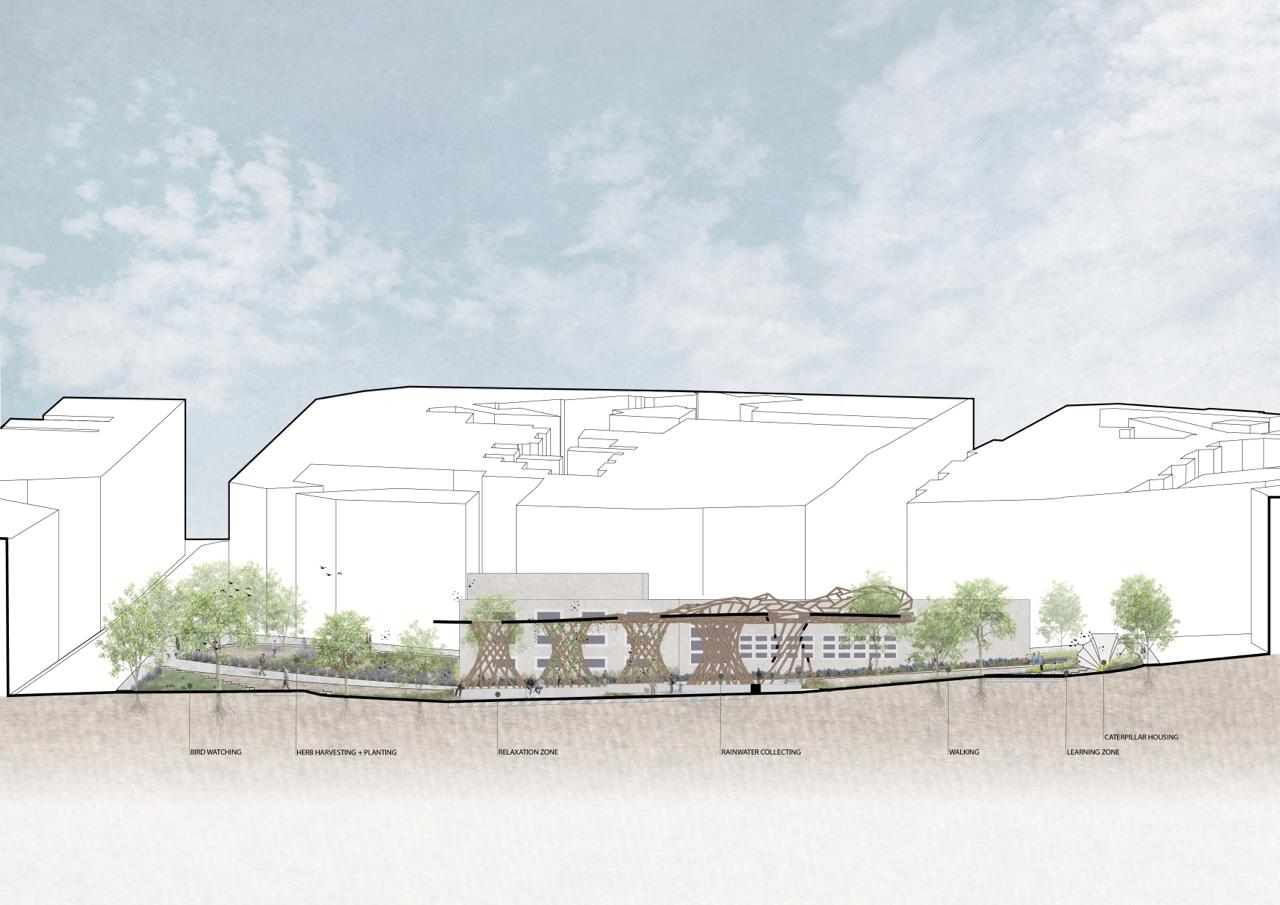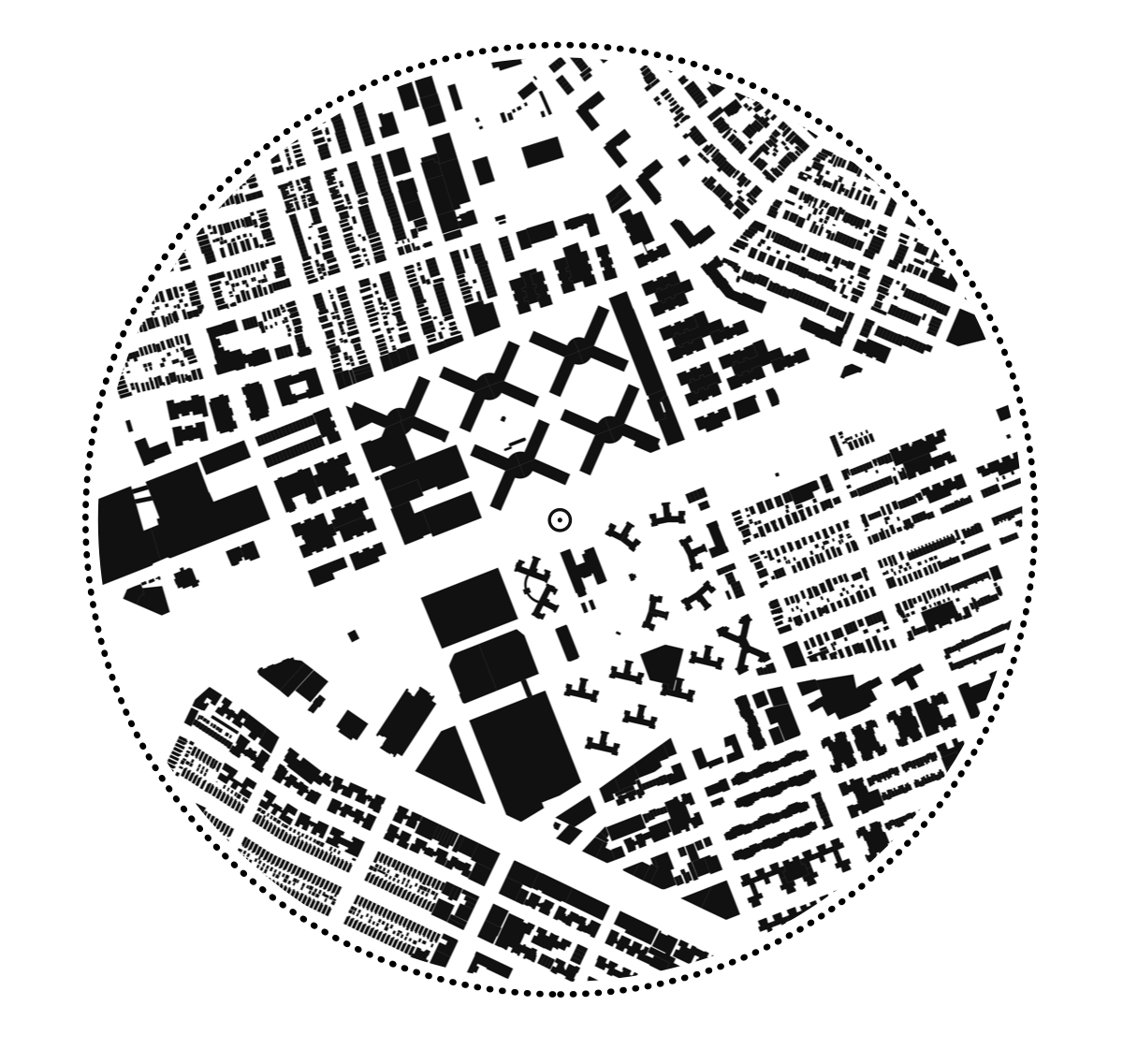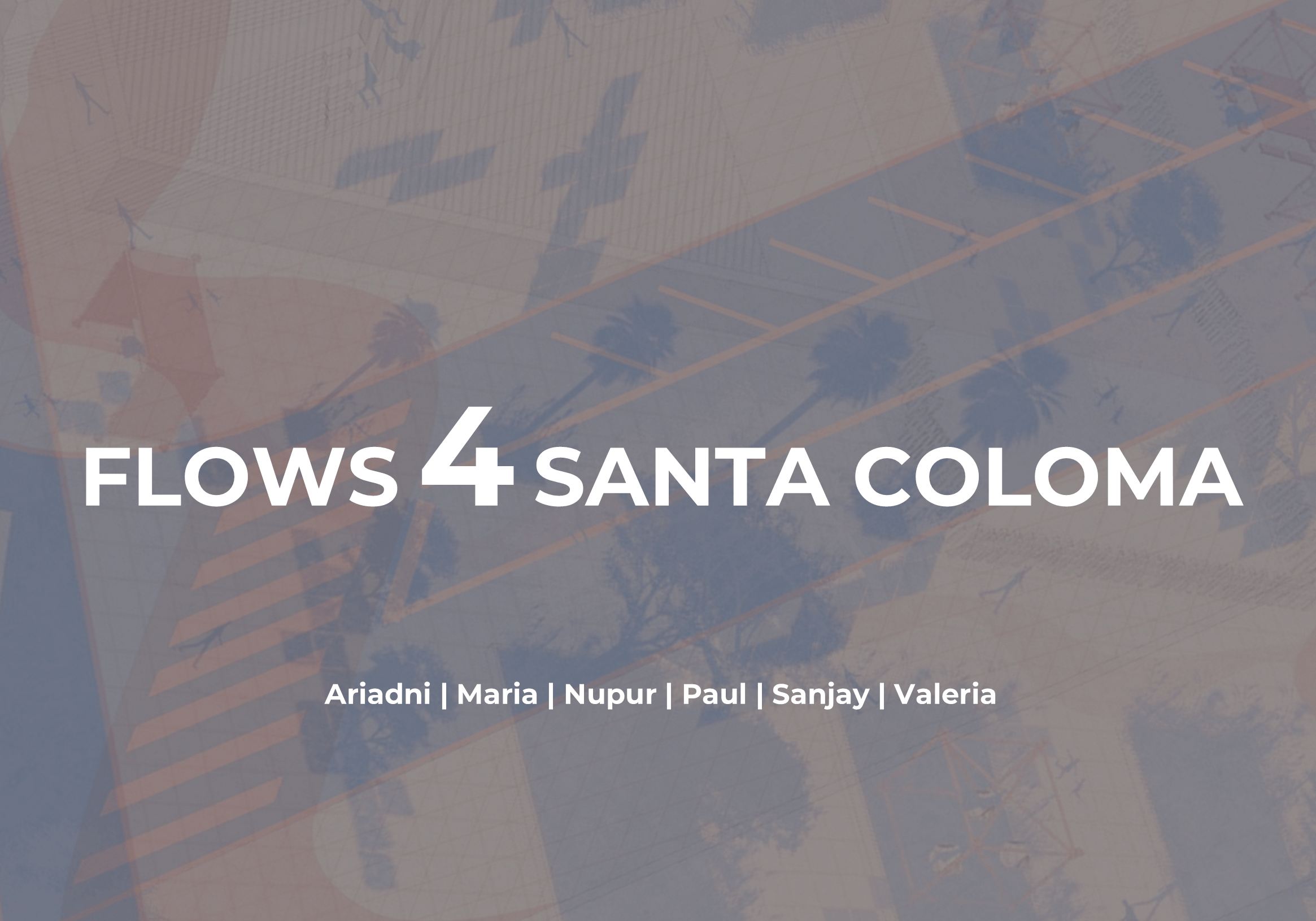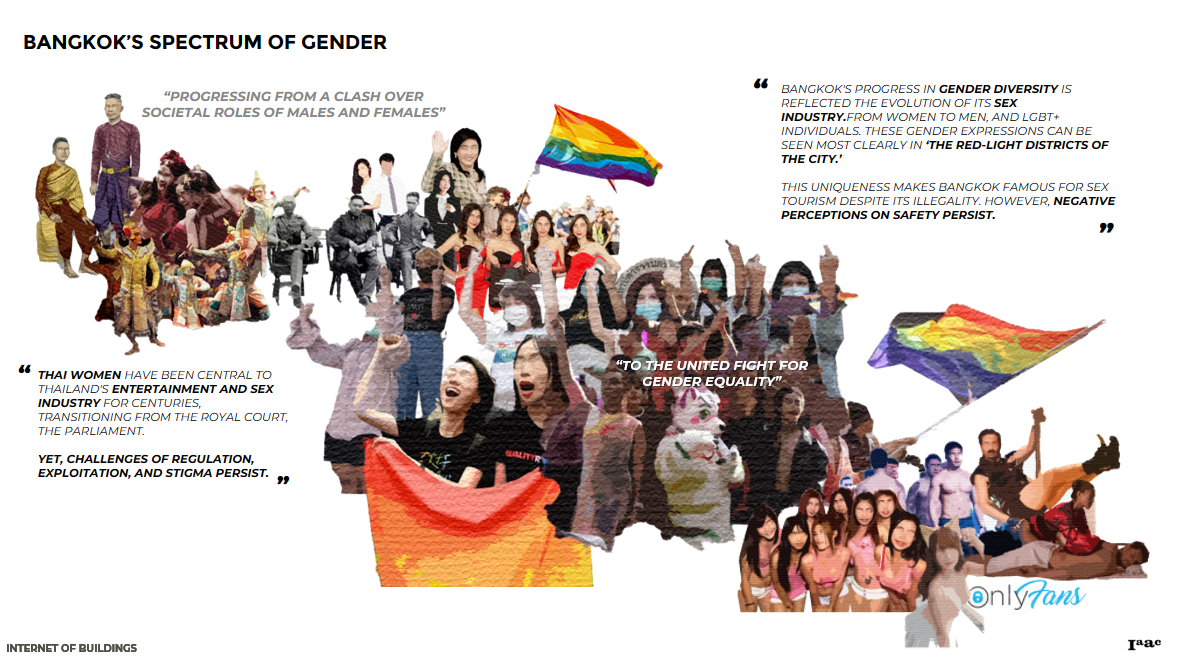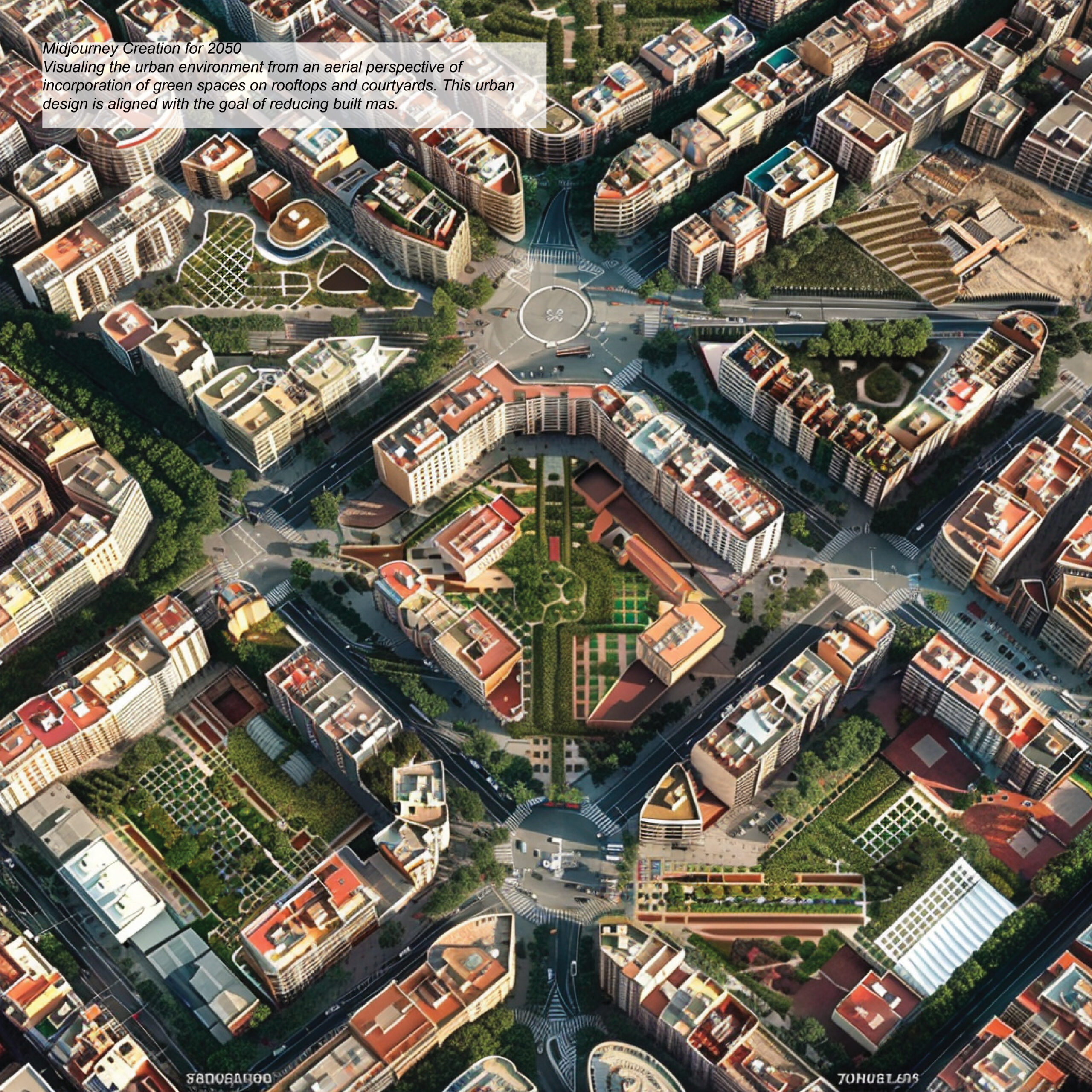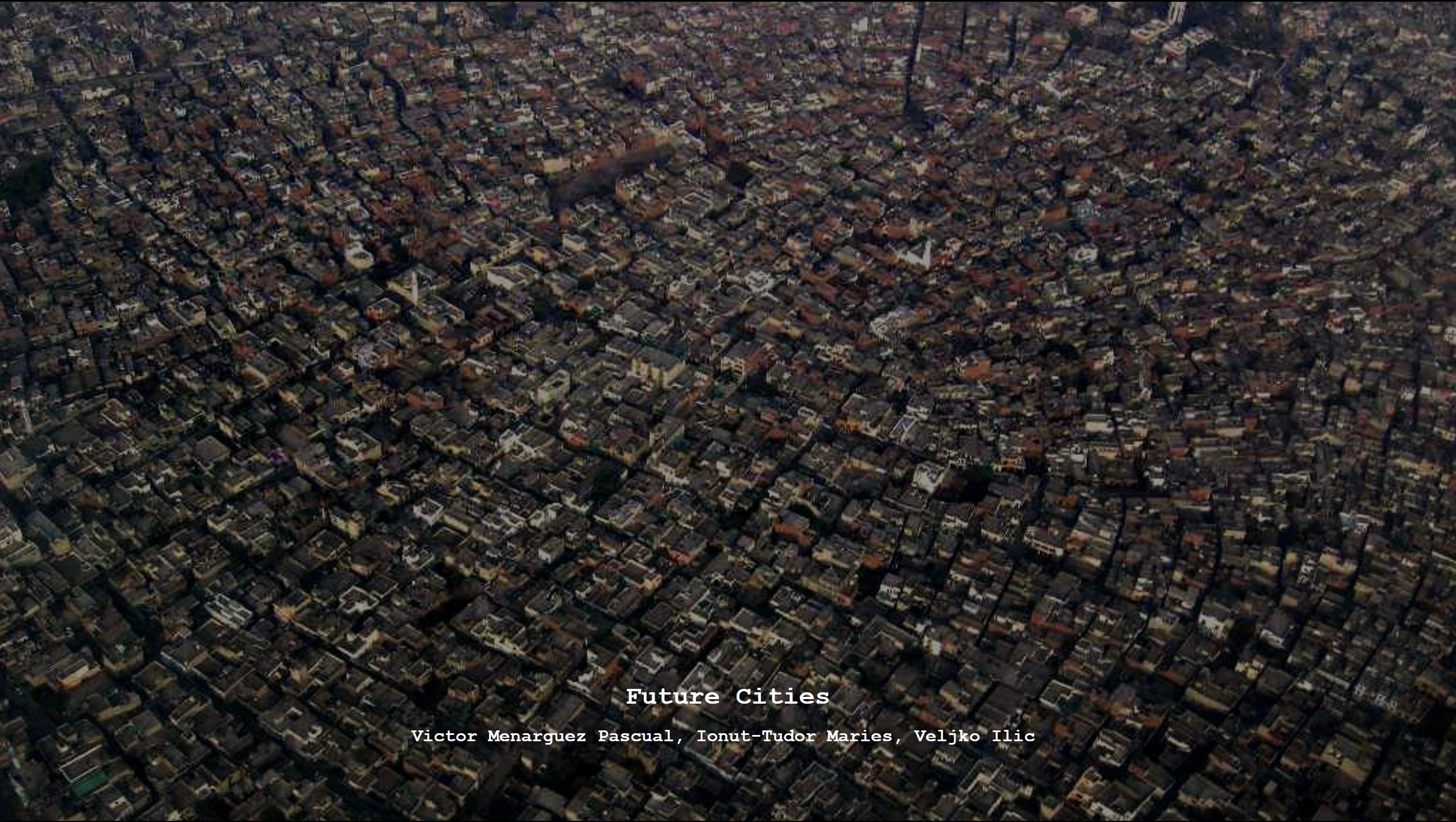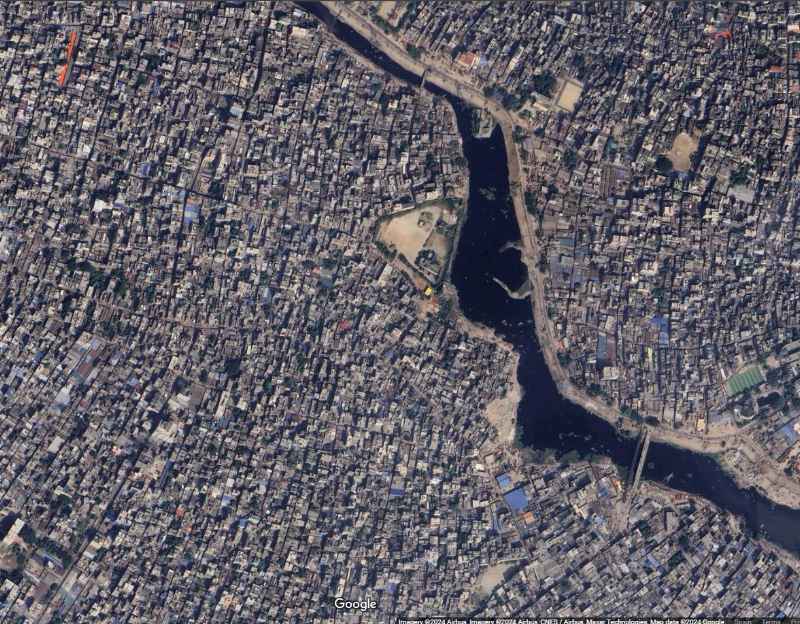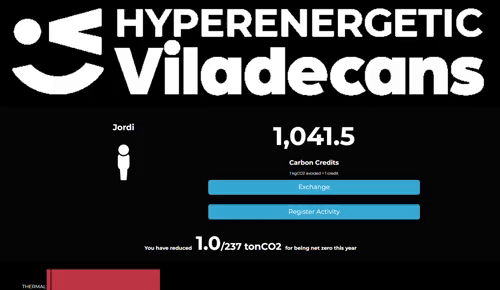consans
This term, we have been focusing on understanding and designing public spaces in the Sants neighborhood of Barcelona. Sants has a unique identity shaped by its long-standing tradition of neighborhood cooperation and pride in its working-class roots, but has faced civic disengagement in recent years. In the studio, our objective has been to leverage public … Read more







